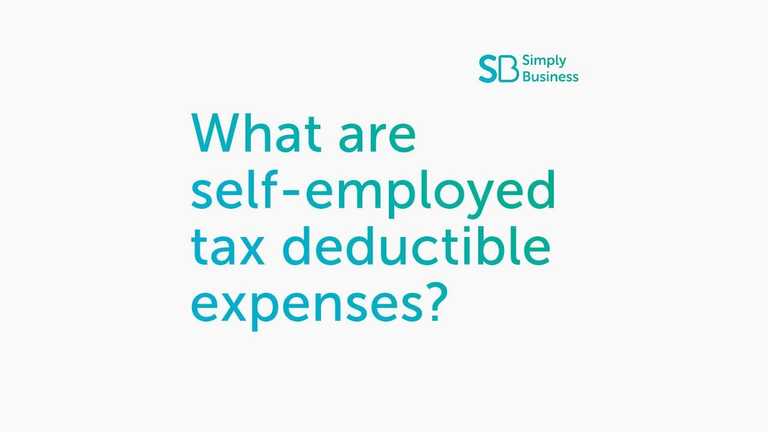Being self-employed has become a popular choice for many individuals seeking independence, flexibility, and control over their work. Self-employment offers a range of benefits, such as the ability to set your own schedule, choose your clients, and take on projects that align with your interests and skills. However, self-employment also comes with its unique challenges, one of which is managing turnover.
Turnover, in the context of self-employment, refers to the rate at which self-employed individuals enter and exit their chosen line of work. It represents the flow of self-employed professionals in and out of the market. Just as businesses track turnover to assess their employee retention and recruitment strategies, self-employed individuals must also understand and manage turnover to sustain their livelihoods successfully.
Self-employed turnover can occur for various reasons. Here are some common factors that contribute to turnover in the self-employment sector:
Career Transitions:
Self-employment often attracts individuals who want to pursue their passion or explore new opportunities. Some people may enter self-employment as a stepping stone to starting their own business or to gain experience before transitioning to another career path. As a result, turnover can be driven by individuals seeking new ventures or career changes.
Financial Stability:
Self-employment can be financially rewarding, but it can also be unpredictable. Fluctuating income, irregular work, and limited financial security may prompt some individuals to seek stability in traditional employment. When financial pressures outweigh the benefits of self-employment, turnover may occur.
Work-Life Balance:
One of the main attractions of self-employment is the ability to create a work-life balance that suits individual preferences. However, maintaining this balance can be challenging, especially if self-employed individuals find themselves constantly working long hours or experiencing high levels of stress. In such cases, individuals may choose to leave self-employment in search of a better work-life balance.
Market Conditions:
The self-employment market is influenced by economic conditions, industry trends, and demand for specific services. Changes in the market can lead to shifts in demand, affecting the availability of work and the viability of self-employment. For example, technological advancements or shifts in consumer preferences may render certain skills or services obsolete, forcing self-employed individuals to exit the market.
Personal Circumstances:
Life events, such as marriage, parenthood, health issues, or the need to care for family members, can significantly impact a self-employed person’s ability to continue working independently. These personal circumstances may necessitate a change in career or work arrangement, leading to turnover in the self-employment sector.
Minimize Turnover
Managing self-employed turnover requires a proactive approach. Here are some strategies that can help self-employed individuals minimize turnover and enhance their success:
1- Build A Strong Network:
Networking is crucial for self-employed professionals. By establishing connections with peers, industry professionals, and potential clients, you can increase your visibility and access new opportunities. Building a strong network can provide a buffer against turnover by ensuring a steady flow of work and referrals.
2- Diversify Your Skills:
Embrace continuous learning and expand your skill set. By diversifying your skills, you increase your marketability and adaptability, making it easier to pivot and find new opportunities when the need arises. Acquiring versatile skills can also help you weather market fluctuations and remain relevant.
3- Foster Client Relationships:
Cultivating strong relationships with your clients is vital for sustaining self-employment. Provide exceptional service, communicate effectively, and deliver results that exceed expectations. By building trust and loyalty, you can encourage repeat business and referrals, reducing the likelihood of turnover.
4- Prioritize Self-Care:
Maintaining your physical and mental well-being is essential for long-term success as a self-employed individual. Take breaks, practice self-care activities, and seek support when needed. Avoid burnout by setting boundaries and managing your workload effectively. By prioritizing self-care, you can sustain your motivation and enthusiasm, reducing the likelihood of turnover.
5- Stay Updated And Adapt:
The business landscape is ever-evolving, and self-employed professionals must stay informed about industry trends, emerging technologies, and changing customer needs. Keep up with the latest developments in your field, invest in professional development, and be willing to adapt your skills and services to meet market demands. By staying updated and agile, you can remain competitive and minimize the risk of turnover. To simplify the process of calculating and managing self-employed turnover, an employ tax calculator is a valuable tool. This calculator assists self-employed individuals in accurately determining their business revenue, considering factors such as sales, fees, commissions, and any other sources of income.
6- Seek Mentors And Support:
Building a support system of mentors, fellow self-employed professionals, or industry associations can provide invaluable guidance and advice. Connect with individuals who have experience in your field and can offer insights into managing self-employment challenges. By learning from their experiences and tapping into their wisdom, you can navigate potential pitfalls and reduce turnover. Contact us to get support from expert advice.
7- Evaluate And Learn:
Regularly assess your self-employment journey and identify areas for improvement. Reflect on the reasons behind turnover, whether it’s personal, financial, or market-related, and explore strategies to mitigate those factors. Learn from past experiences, adapt your approach, and implement changes that enhance your chances of long-term success.
Conclusion
In conclusion, self-employed turnover refers to the rate at which self-employed individuals enter and exit their chosen line of work. It can be influenced by various factors, including career transitions, financial stability, work-life balance, market conditions, and personal circumstances.
ALSO READ: Is real estate a good investment
